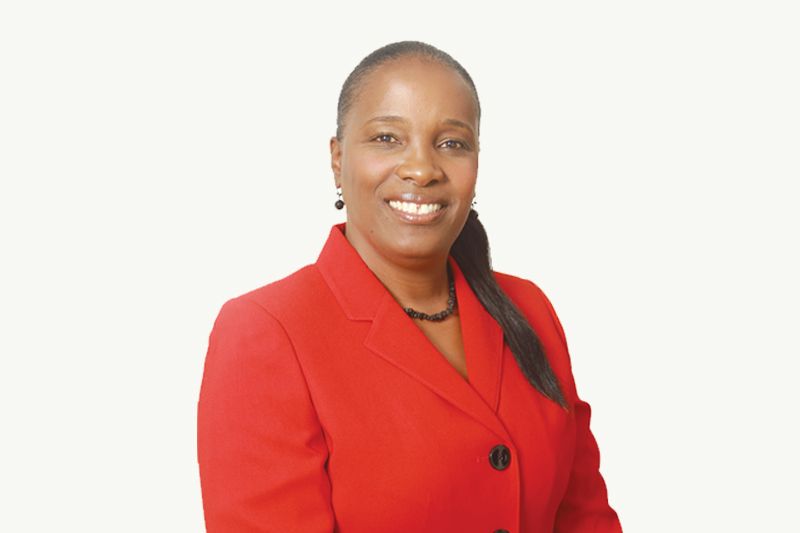Dear Editor,
Wednesday, June 17, 2015, will be a day that will be etched in the minds, hearts and souls of millions of people for years to come. During this time of confusion and search for solutions, those of faith will question God as to why?
However, like the people of Charleston our path is clear, we must remain steadfast on the promises of God, however, in no way should that be translated to mean remain silent or remain idle about the sole issue that served as the foundation for these horrific acts–RACISM!
As a nation committed to greatness, we must publicly acknowledge our truth, both individual and institutional racism is alive and well. While we call for actions such as the removal of the Confederate Flag from the South Carolina state house, and reforming of our gun laws, we must remember these are simply low hanging fruit. The solutions for addressing racism must be grounded within each community’s commitment to acknowledge how institutional racism plays out in each of our perspective communities.
These discussions and attempts at solutions will begin to surface in communities throughout this country, however for there to be any meaningful solutions to evolve, we must honestly call out those actions in our perspective communities that have been rooted in systemic and institutionalized racism.
For example, in Pinellas County we would have many to point to the fact that we have many African Americans at every level of government. They will point to the fact that we have an African American in the House of Representatives, an African- American deputy mayor, an African-American Urban Affairs Director, an African- American county commissioner, an African-America chief of police, an African-American school board member and last but not least an African American on the city council.
Those are all factual statements, but like magicians those are merely illusions. If we are to get at the heart of what racism looks like in Pinellas County, solutions to the more pertinent questions below should be our focus:
- After four previous redevelopment plans, 16th Street South Revitalization Plan (1982), Hope VI (1997), Dome Industrial Park (2000) Tangerine Avenue (2003) and the Dome Industrial Park (2007), why has there not been any substantive/sustainable redevelopment activities targeting the residents and business in south St. Petersburg?
- Why the unemployment rate in the area is currently designated at the Community Redevelopment Area (CRA) 60-100 percent higher in the City of St. Petersburg?
- Why is the poverty rate for children in the (CRA) twice the poverty rate of children within the City of St. Petersburg?
- Why is the rate of vacant and boarded up housing 12 times higher than the overall city rate?
- Why the median incomes levels are approximately 55-70 percent lower than the overall city rate?
- Why have the three elementary schools with more than 70 percent African- American students, Campbell Park, Melrose and Fairmont Park, have been “F” schools for the 2013-14 school year?
I contend at the core of this community’s inability to achieve any substantive and substantial socio-economic growth/outcomes is grounded in institutional racism as evidenced in the following:
- In an April 1998 editorial, then School Board member Barbara Crocket response to questions about the board’s commitment to educating black students and her no vote rejecting a cooperatively negotiated plan that would have shifted the board’s focus from busing requirements to classroom performance, Crocket responded: “We did it as a sort of good will gesture toward the Legal Defense Fund.”
- In a June 2015 email to me from City Councilman Karl Nurse, I received a listing of approximately 15 homes receiving rehab rebates. Of the 12 properties on the wait list slated to receive a total of $54,000 in rebates only one was slated to go to a resident. In Nurse’s email response he stated without much thought: “The intent of the rebate program is that it is open to anyone. It is about the house.”









